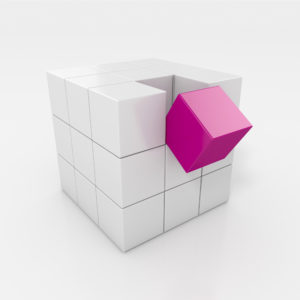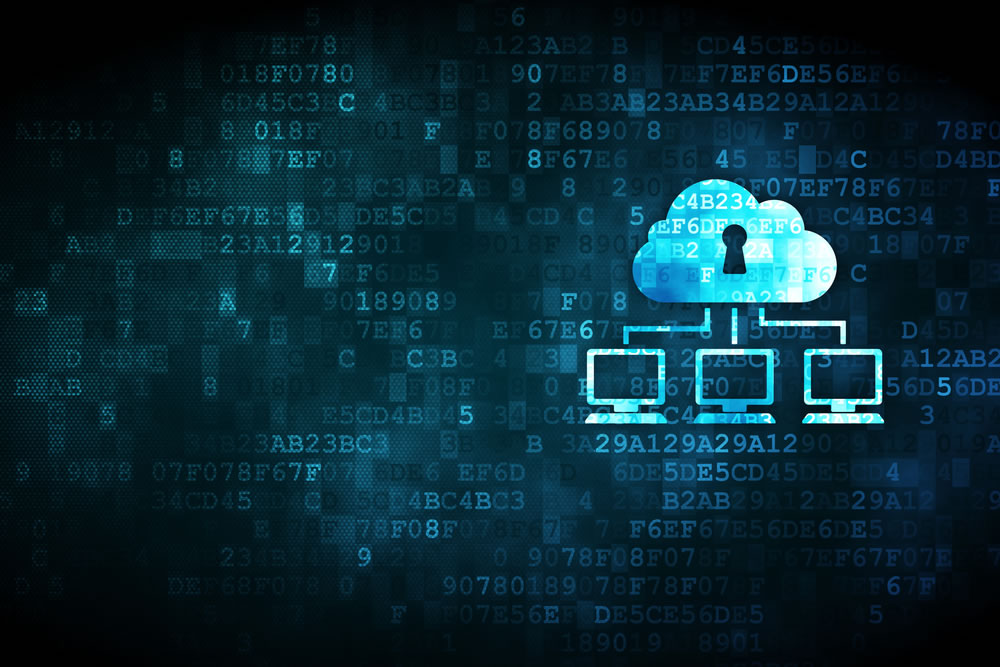As more organizations contemplate blockchain technology’s place in higher education, discussions around its potential are growing, especially as colleges and universities increasingly rely on data and analytics for success.
In its most basic terms, blockchain technology is a database in which each “block” serves as a kind of ledger for transactions or accomplishments. Each block is secured and time-stamped.
As research around the technology grows, many higher education stakeholders are seeing direct applications in the education realm.
1. Open-Source Credentialing
Learning Machine and MIT Media Lab’s Learning Initiative have released the first version of an open-source project that builds an ecosystem for creating, sharing, and verifying blockchain-based educational credentials.
“Blockchain verification flips the current power arrangement in higher education by giving learners control over their official documents,” said Learning Machine President and COO, Dan Hughes. “Today, most evidence of achievement is bottled up in a proprietary information system or stored unofficially on a piece of paper framed on a wall or lost in a box in the garage. Jailbreaking the credential is about every learner being able to directly see and share verified evidence of what they have achieved.”
“In terms of higher education, the obvious first place people have thought about applying it is to credentialing, because credentialing is the ultimate transaction that higher education engages in with learners,” said Phillip Long, chief innovation officer and associate vice provost for learning sciences at the University of Texas at Austin, during a recent Future Trends Forum hosted by Bryan Alexander. The forum is an open video chat in which users can participate and ask questions about technologies poised to impact education.
(Next page: What the experts say about blockchain technology’s impact on the future of higher education)
2. Better Security
“The blockchain has the potential of being an immutable record of an individual learner’s accomplishments,” Long said, adding that portions could be made public while others are kept private and only accessible to those with an access key given by the learner or owner.
“Right now, when a transaction is made and you get a credential from an institution, you may get a piece of paper–some places are developing a digital diploma. But ultimately, anyone who wishes to verify that’s real goes back to the source–the institution–[for a transcript],” he said. “Many learners will have earned credentials from a range of institutions.”
The notion that learners go to only one university for all of their academic or career training is quite passé, he said, and for someone to verify a person’s accomplishments means a transcript request from multiple institutions.
Blockchain technology offers an interesting alternative in which the “intermediary chain can be broken, and the assertion of the authenticity is made at the time it is created. There’s no need to validate it later [with multiple transcript requests],” Long said.
3. Scholarly Publication
Scholarly publication and review is another area that could be greatly impacted by blockchain technology, Alexander and Long noted.
For instance, it could serve as a way to recognize scholarly and peer reviewers and the immense amount of time reviewers spend vetting scholarly work. Blockchain environments could highlight individual reviewers and attest to the value they brought to the scholarly work.
When dealing with academic writing that is not peer-reviewed but is still an important part of an academic area, authors might receive blockchains from peers who find their writing and contributions valuable to the specific academic environment.
“Your readership could express value of the contribution you’re making to them,” Long said.
However, there’s a catch.
“LinkedIn has the ability to endorse you, but there’s no criteria by which that endorsement is measure, and you can’t decline one. Imagine if your writing is endorsed by someone you find reprehensible, who violated all the values associated with your perceptions of writing for a community. There has to be a mechanism by which the acceptance of that is regulated.”
4. Storage
Where to store those accomplishments is a big issue right now, though, Long said in response to a forum participant’s question. Learners may need to create a place akin to a digital wallet, a learning credential warehouse, or a digital portfolio.
Blockchain technology also has potential when it comes to verifying educational accomplishments in an age where learners receive certifications and credentials from multiple institutions, Long said.
Blockchains replicate, and those multiple versions “check” each other to verify that all information is correct and that the level of integrity is not compromised.
Having multiple versions of a blockchain is certainly a level of security, Long said, but it raises questions of how many are needed and how to maintain them.
5. It May be Technically Challenging
For those universities interested in exploring blockchain technology’s potential in higher education, Long recommended a handful of resources and said that, for the most part, development has been open and transparent.
“The simplest thing to do is pick one of the blockchain environments, download and install it, and get a feel for what it consists of,” he recommended. “It’s pretty technically challenging, so you need people around you who have that capability.”
Ethereum is a decentralized platform that runs applications powered by blockchain.
A group of registrars led by Stanford’s Thomas Black and UT Austin’s Shelby Stanfield are following the technology’s potential for credentialing.
Audrey Watters posts periodically on blockchain development as well. (You can find an introductory post here.)
- 6 key cybersecurity hiring trends - July 3, 2025
- Digital innovation and human connection are reshaping higher ed - June 30, 2025
- Amid uncertainty, IT leaders outline priorities for higher ed - June 27, 2025





